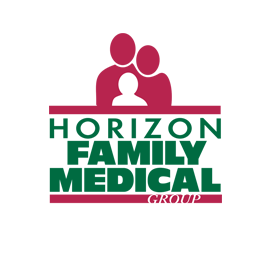As blood circulates through your body, it pushes against the walls of your arteries. When the pressure of this pushing rises and maintains a high pressure, it’s called hypertension. Uncontrolled hypertension puts you at a higher risk for heart disease and stroke.
The good news is that you can take action to help maintain a healthy blood pressure. Below are some of the things that put you at a higher risk for developing high blood pressure:
Unhealthy Diet
Too much salt and too little potassium increases your hypertension risks. Pay attention to food labels and menu items when you eat out. You should try and avoid items with lots of salt.
Also look for heart healthy options and work to maintain a healthy weight. Those who are obese often have higher levels of bad cholesterol and triglycerides.
Lack of Exercise
Good, regular physical activity may go a long way in reducing your risk of developing high blood pressure. A strong heart and strong blood vessels are paramount to ensure your body has the blood it needs to stay healthy.
High Alcohol Consumption
Those who misuse alcohol and drink too much put themselves at a higher risk of developing hypertension. According to the Centers for Disease Control and Prevention (CDC), men should have no more than two drinks per day and women just one drink per day.
Tobacco Use
We all know smoking is bad for your lungs, but did you know it’s also bad for your heart and blood vessels? The nicotine in tobacco products can raise your blood pressure. Carbon monoxide and other chemicals can also reduce the amount of oxygen your body gets, limiting the amount your blood vessels actually carry.
Other factors you can’t control
You may have a genetic predisposition for high blood pressure—it’s a family thing. Unlike lifestyle choices like those mentioned above, your genetics might cause your high blood pressure. Your age, sex, and ethnicity can also play a part in your blood pressure levels.
What should I do about my high blood pressure?
Talk with your healthcare provider. Get testing to know exactly what you’re dealing with. Below is a table (from the CDC) showing healthy and dangerous blood pressure levels. Depending on your levels, risk factors, and genetics, your healthcare provider will work with you on a plan to lower your blood pressure and reduce your risk of stroke and heart attack.


